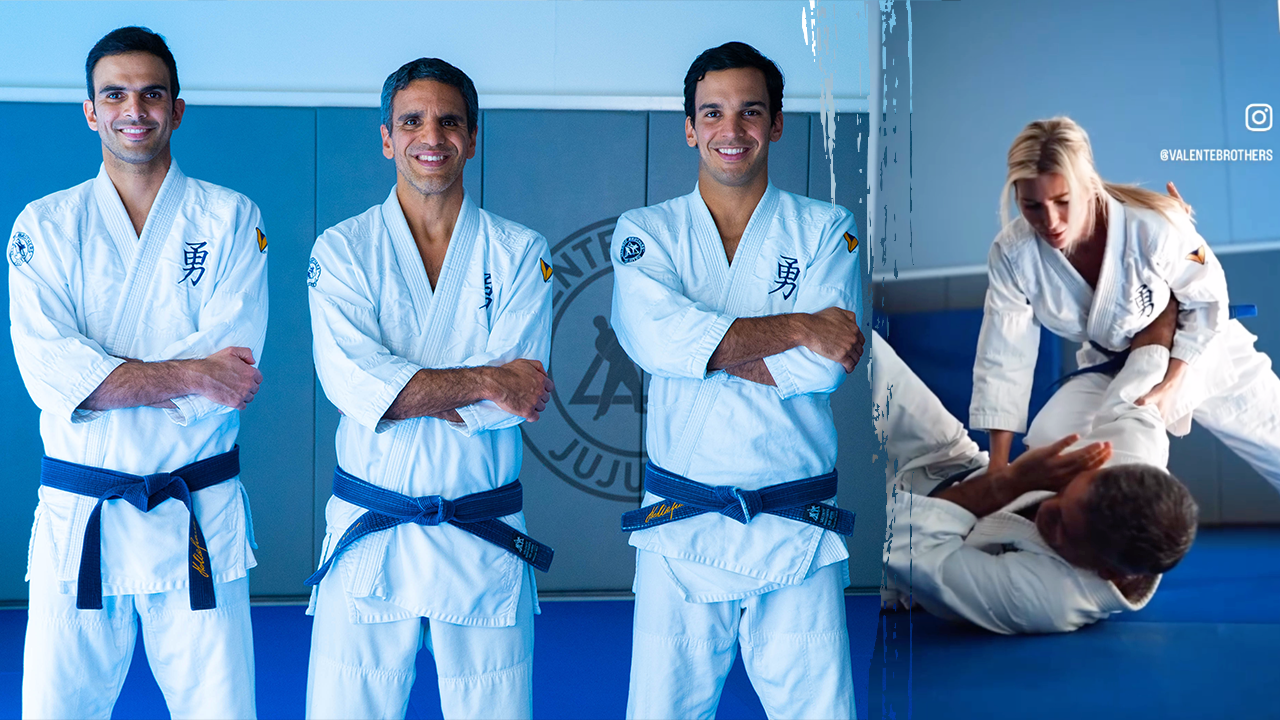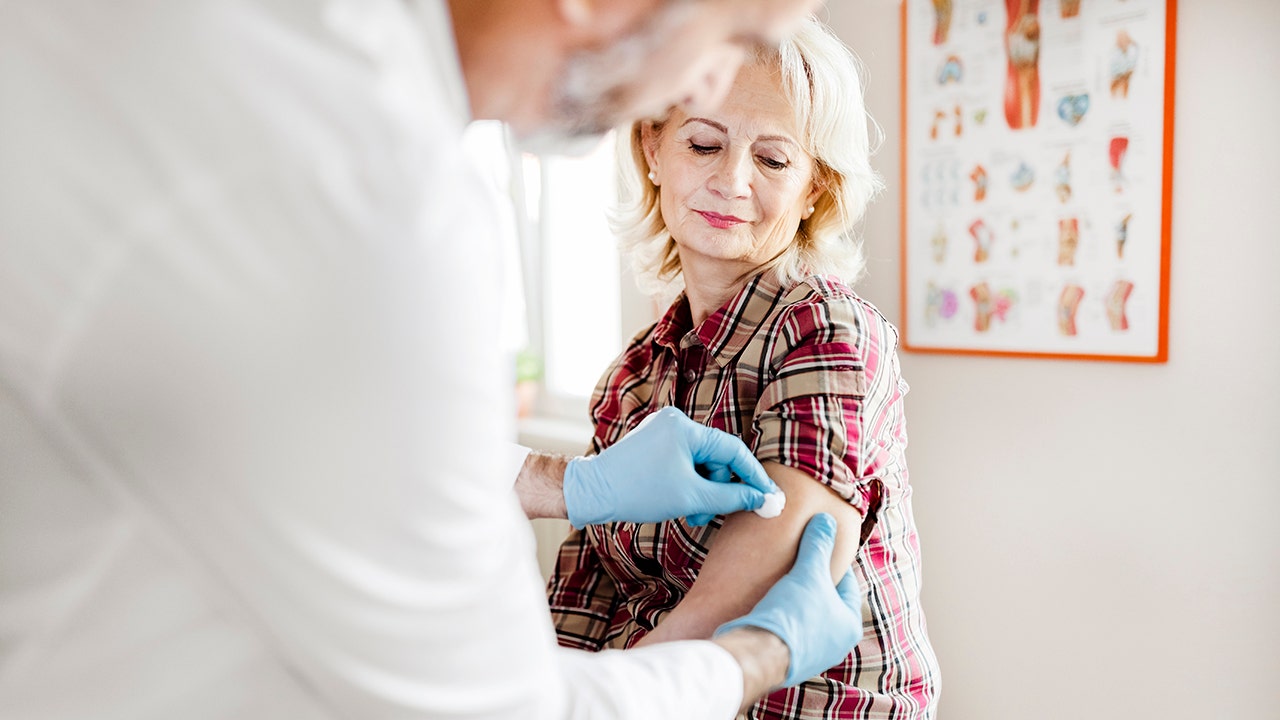It's no coincidence that our bodies feel a little creakier as we age. The trillions of cells that make up our skeleton age too, and some change in ways that weaken the very structure of our bones.
Scientists and researchers around the globe are investigating a series of mysteries about what happens to our bones over time. In a new study, a team led by The University of Texas at Austin, in collaboration with Mayo Clinic and Cedars-Sinai Medical Center just made a major break in the case. New research found that osteocytes undergo dramatic structural and functional changes with age that impair their ability to keep our bones strong. Their findings, published in Small and Aging Cell, offer new insights that could pave the way for better treatments for osteoporosis and age-related bone loss.
Aging and stress can induce cellular senescence in osteocytes, resulting in cytoskeletal and mechanical changes that impair their ability to sense mechanical signals, ultimately weakening bone.
Osteocytes are the master regulators of bone health, sensing mechanical forces and directing when to build or break down bone. But when exposed to senescent cells -- damaged cells that stop dividing but don't die -- osteocytes themselves begin to stiffen. This cytoskeletal stiffening and altered plasma membrane viscoelasticity undermine their ability to respond to mechanical signals, disrupting healthy bone remodeling and leading to bone fragility.
"Imagine the cytoskeleton as the scaffolding inside a building," said Maryam Tilton, assistant professor in the Cockrell School of Engineering's Walker Department of Mechanical Engineering and principal investigator of the study. "When this scaffolding becomes rigid and less flexible, the building can't adapt to changes and stresses, leading to structural problems. Similarly, stiffened osteocytes can't effectively regulate bone remodeling, contributing to bone loss."
Senescent cells release a toxic brew of molecules, called senescence-associated secretory phenotype (SASP), which triggers inflammation and damage in surrounding tissues. They've been linked to the development of cancer and many other chronic diseases. Until now, most research has focused on detecting senescence through genetic markers, a notoriously challenging task because these markers vary widely across cell types.
Tilton and her collaborators approach the issue from a different perspective, focusing on cell mechanics. Combining genetic and mechanical approaches could lead to improved treatments for aging cells.
"Much like physical therapy helps restore movement when our joints stiffen, we're exploring how mechanical cues might help reverse or even selectively clear these aging cells," Tilton said.
"In the future, biomechanical markers could not only help identify senescent cells but also serve as precise targets for eliminating them, complementing or offering alternatives to current drug-based senolytic therapies," added Dr. James Kirkland, principal investigator of the National Institutes of Health Translational Geroscience Network, director at the Center for Advanced Gerotherapeutics at Cedars-Sinai and a co-leader of the new research.
Improved knowledge about how bones age could improve treatments for osteoporosis. The condition leads to weakened bones and an increased risk of fractures and affects millions of people worldwide, particularly those over the age of 50. As the global population ages, understanding the mechanisms behind bone deterioration becomes increasingly important.
The team plans to expand their research by exploring the effects of different stressors on osteocytes and investigating potential therapeutic interventions.
This project is led by Tilton in collaboration with Kirkland. Other co-authors on the project include Junhan Liao, Domenic J. Cordova, and Hossein Shaygani of the Walker Department of Mechanical Engineering; Chanul Kim of the Department of Biomedical Engineering; Maria Astudillo Potes from Mayo Clinic; and Kyle M. Miller of Emory University.

 By Science Daily (Health) | Created at 2025-04-05 02:41:09 | Updated at 2025-04-05 17:02:57
15 hours ago
By Science Daily (Health) | Created at 2025-04-05 02:41:09 | Updated at 2025-04-05 17:02:57
15 hours ago






